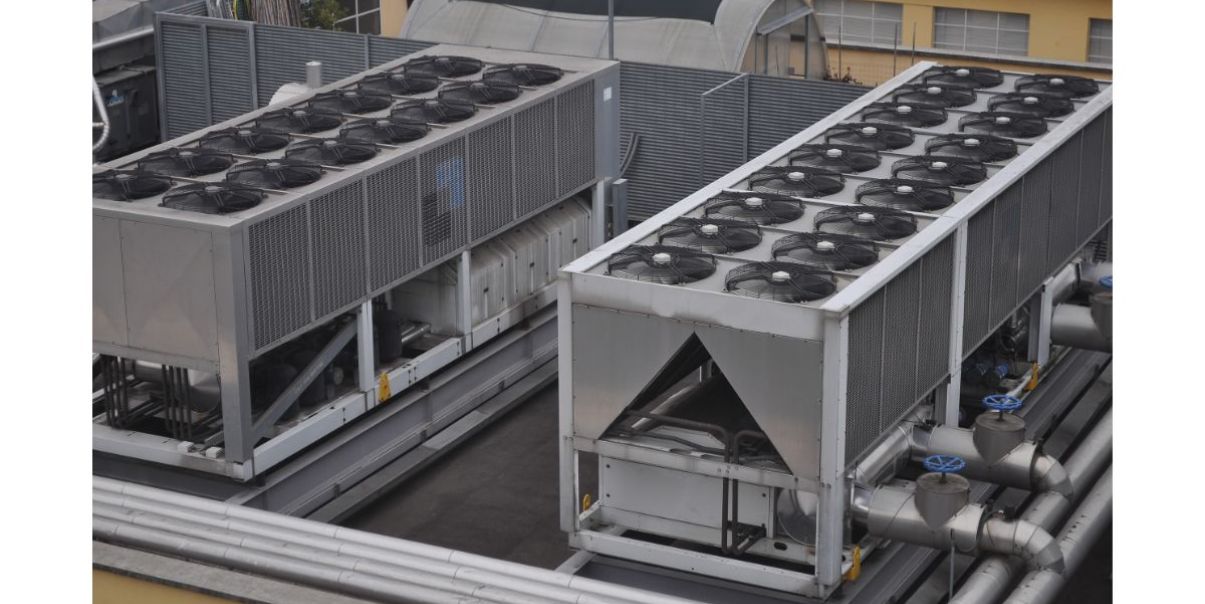Global Trends in Energy-Efficient HVAC Solutions
Image Credit: Thermal Control Magazine
Energy-Efficient HVAC Solutions
There must be heating, ventilation, and air conditioning systems for easy warming inside. Nevertheless, these HVAC systems tend to consume much energy and dirty the environment. With the sustainable movement of the world, every nation is adopting novel HVAC technologies that consume much less energy as an effort to minimize carbon emissions, thereby reducing their energy expenses. This blog explores some of the most essential trends in world HVAC systems, which consume lesser amounts of energy.
- Emergence of Intelligent HVAC Systems
Many people love smart HVAC systems because they can use automated and real-time tracking to get the most out of their energy use. These work with the Internet of Things (IoT), which means that homeowners or businesspeople can change the temperature or humidity from afar using their phones or a smart home hub.
Most home devices in the U.S. and Europe, such as Nest and Ecobee smart heaters, “learned” how to save energy based on what the user wanted by changing the temperatures on the fly. In Asia, AI-based HVAC systems are being built that can predict the right temperature based on weather conditions and the number of people in the building.
- Getting Heat Pumps for Long-Term Heating and Cooling
People know that heat pumps are one of the most energy-efficient ways to heat and cool a home since they do two jobs while consuming much less energy than a regular heater or air conditioner. Their function is based on moving heat, rather than making it, making them a more eco-friendly option.
Sweden, Germany, and the Netherlands use heat pumps a lot because of their attempts to cut down on carbon emissions. In the U.S., government rebates and incentives have encouraged homeowners to switch to heat pump systems in order to bring down energy costs and promote sustainability.
- Geothermal HVAC systems are much more efficient in the long term
Another big deal in the business world is geothermal HVAC technology. Unlike the regular HVAC systems, geothermal systems utilize the stable temperature of the earth’s crust to heat and cool buildings more effectively.
Scandinavian countries, mostly Iceland and Norway, have emerged as the finest in terms of using geothermal energy for the heating and cooling of their buildings. States within North America have invested more geothermal HVAC system money into those states, such as California and to lower energy costs long-term and use much less fossil fuel.
- Adding solar-powered HVAC systems
For instance, solar electricity and HVAC are increasingly being used together. For the cost of energy used, the solar-powered HVAC units make up for it, and they also reduce the need for nonrenewable energy sources.
Most areas, just like Australia and parts of Southern Europe, prefer solar-assisted air conditioning systems. These usually rely on the power of sunlight to source energy into the cooling equipment. States in the U.S. that have greatly utilized solar-powered HVAC systems include Arizona and Texas, which boast the scheme as one among “green” ways to cut back on their cash.
Image Credit: ACR LatinoAmerica
Sustainable Heating and Cooling Trends
- Air filtration and ventilation systems that work very well
Because people are getting more conscious about air quality, indoor air filtering and ventilation have become an important part of modern HVAC systems that do not waste energy. The energy used by HEPA screens and ERV systems is very low, so they keep the air inside clean.
In the past, Japan and South Korea have integrated advanced air cleaning systems into their HVAC systems. This means that companies and homes can stay healthy while wasting energy. In the U.S., air filtration is now required by building rules. This is good for both health and the environment.
- Cooling and heating systems for districts
District cooling and heating systems are increasingly being deployed in cities worldwide as a concerted effort to attain energy-efficient thermal comfort. These multifacility district HVAC systems offer heating or cooling to several structures through a central facility, which leads to lower levels of energy compared to individual-based systems.
The Middle East has taken district cooling as its response to high demand for air conditioning while trying to ensure consumption levels of electricity are reduced. In Scandinavian countries, district heating system utilization takes place with renewable energy as a source to achieve warmth through sustainable means at times when temperatures are cold.
- Use of Environmentally Friendly Refrigerants
Traditionally, such an HVAC system involves refrigerants that contribute to global warming, but with the advancement in refrigerant technology, more environmentally friendly systems are currently available in the market.
In the U.S., manufacturers would face a challenge coming up with HVAC systems that are of high efficiency but still harness environmentally friendly refrigerants.
Conclusion
The shift in energy-efficient HVAC solutions is definitely not a mere trend but necessary in the current fight against climatic change as well as higher energy costs. From smart technologies and heat pumps to geothermal energy and other eco-friendly refrigerants, inventions around the globe are paving ways for a cleaner future.
With more countries accepting energy-efficient HVAC systems, consumers will benefit from reduced energy bills, improved indoor comfort, and lower carbon footprints. Due to rapid change in the HVAC industry, smart automation, and renewable energy integration, the world is going to see cleaner and more efficient solutions.


